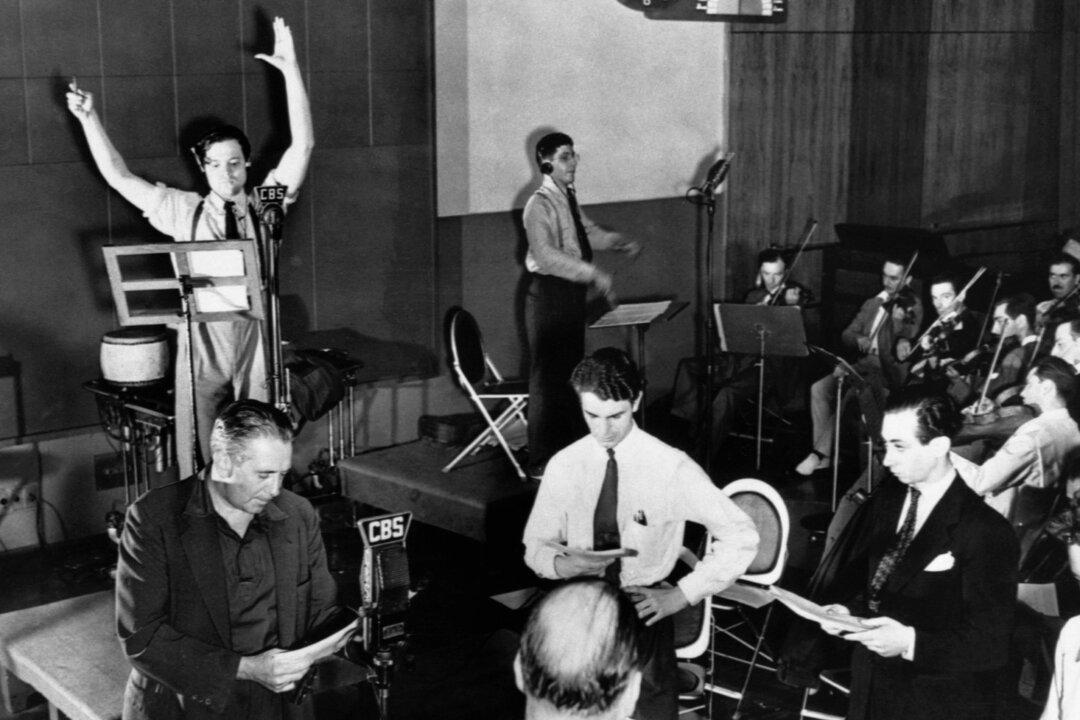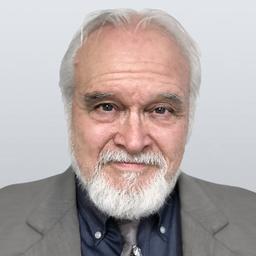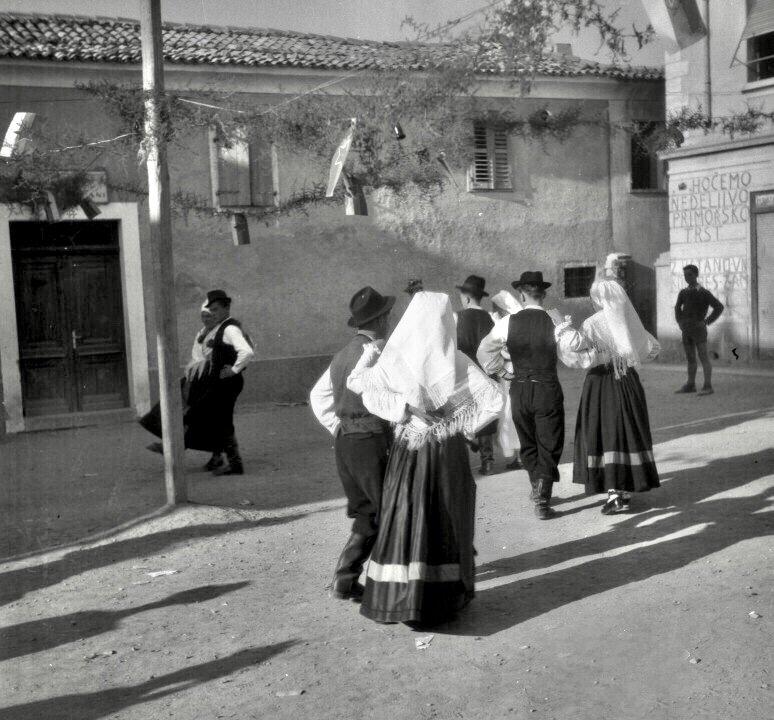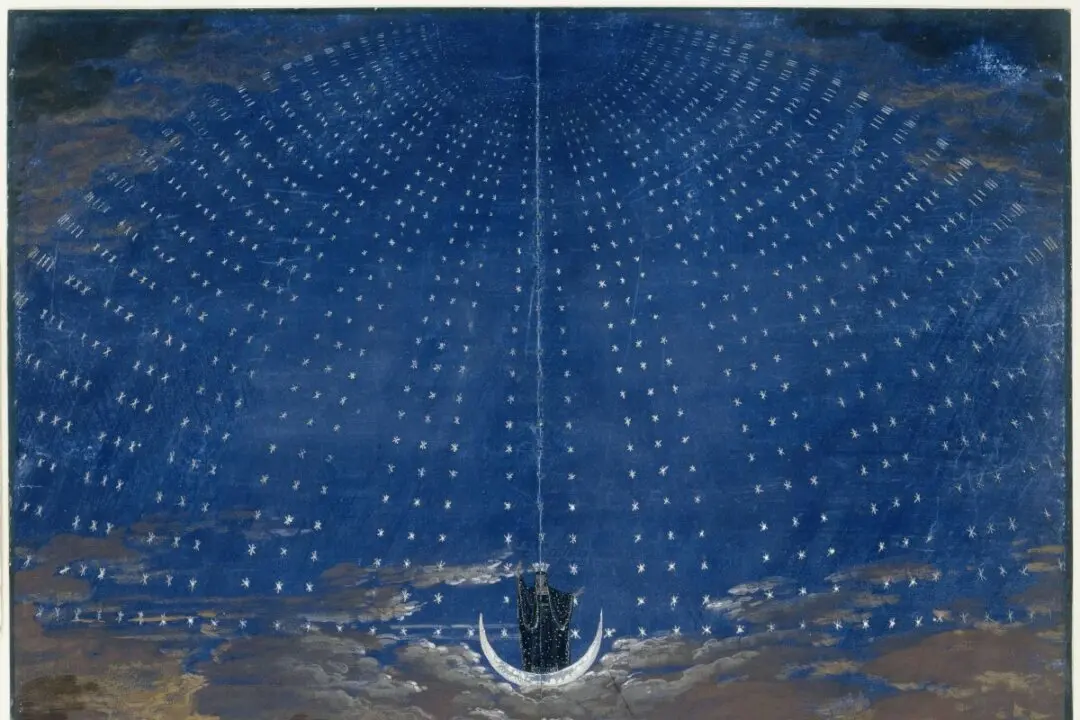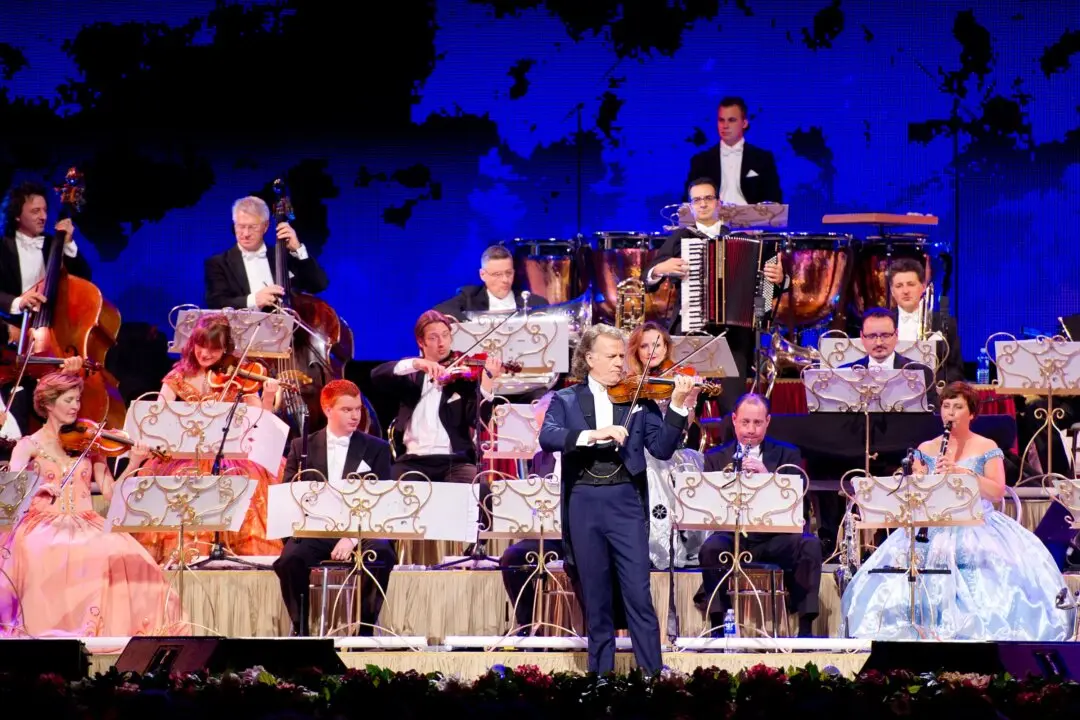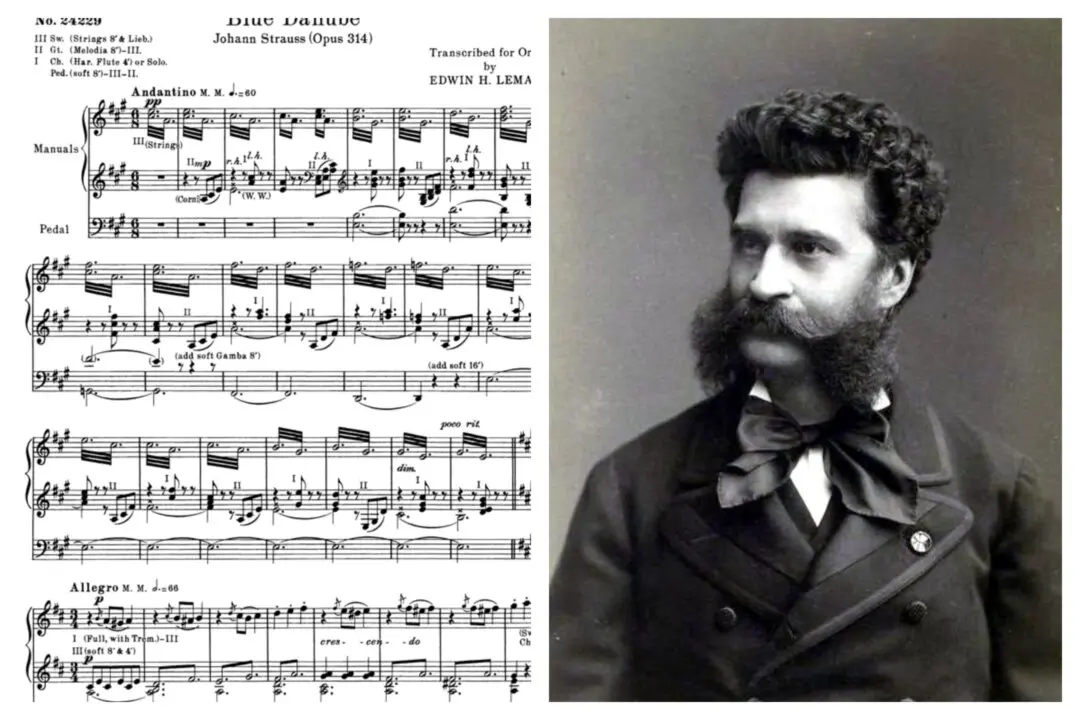In 1952, “Sight and Sound,” a prominent British journal of film criticism, named “Citizen Kane” the best film ever made. Orson Welles’s 1941 masterpiece held to that position for six decades until, in 2012, the No. 1 slot was turned over to Alfred Hitchcock’s “Vertigo” (1958).
The two films had only one thing in common: Both boasted scores by composer Bernard Herrmann (1911–1975).

